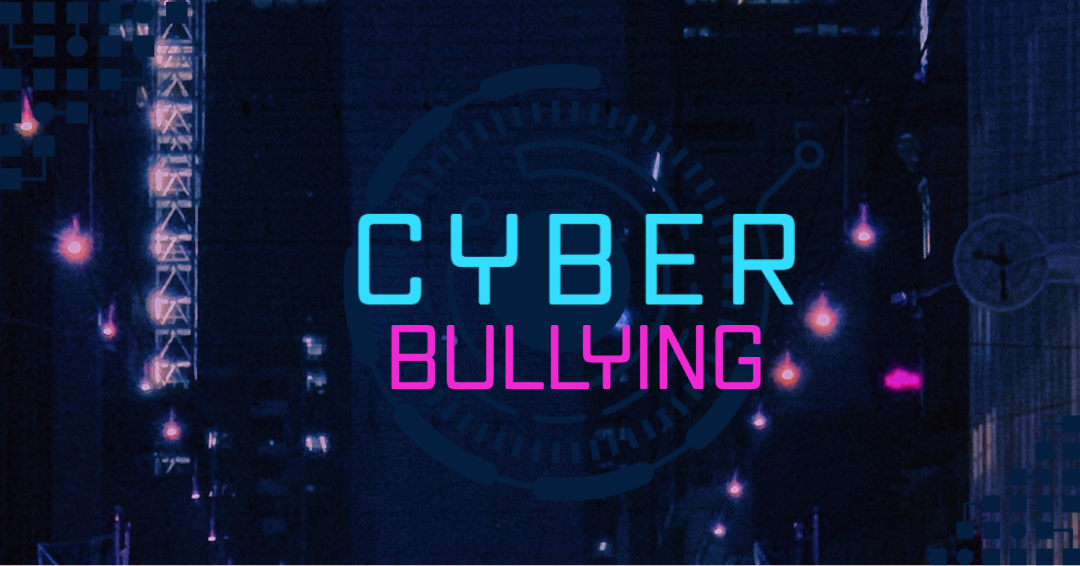
ILO Working Paper 1
February 2020
Copyright © International Labour Organization 2020
Authors / Valerio De Stefano, Ilda Durri, Charalampos Stylogiannis, Mathias Wouters.
The term ‘cyberbullying’ has been used to describe aggressive conducts carried out through information and communication technologies (ICT) and can involve picture/video clips, emails, or social network sites, among others. Cyberbullying in the world of work is a relatively recent and unexplored phenomenon, despite the pervasive use of ICT in today’s work environments and arrangements.
The paper seeks to start filling this void, also in response to the newly adopted ILO Violence and Harassment Convention, 2019 (No. 190), and accompanying Recommendation (No. 206), that include in their scope violence and harassment occurring also “through work-related communications, including those enabled by information and communication technologies”. This paper examines legal sources around cyberbullying in the world of work; reviews measures adopted across countries to counter bullying and discusses how they could be used to also address cyberbullying. It concludes with preliminary suggestions on possible ways to counter cyberbullying.
The negative implications of bullying on victims are well documented in literature (see, for instance, P. Smith et al., 2006), and many countries have attempted to address this issue through a wide range of regulatory instruments. Nonetheless, bullying persists in workplaces, schoolyards, and various other public and private spaces, and it is now also exacerbated by the use of information and communication technologies (hereinafter: ICT).
ICT offer potent means for perpetrators to target potential victims. These technologies can involve text messages, picture/video clips, phone calls, emails, chat-rooms, websites/online fora, social network sites, etc. (R. Dredge et al., 2014). The term that has been used most often to describe aggressive conducts, including bullying, carried out through ICT is “cyberbullying”. As we highlight in the course of this study, cyberbullying is a particularly pernicious phenomenon, since it can cause significant negative consequences on victims with “just a few clicks” (M. Fertik and D. Thompson, 2010, p. 2). Most of the research on cyberbullying, so far, involves adolescents and educational settings (for instance, P. Smith, 2016). Fewer studies, instead, have been devoted to cyberbullying in the world of work. The increasing and pervasive use of ICT in modern work environments and arrangements, nonetheless, calls for much more attention to the implications of cyberbullying in this context.
Notably, the instruments on violence and harassment that have recently been adopted by the ILO pay heed to these developments. Article 3 of the Violence and Harassment Convention, 2019 (No. 190) understands violence and harassment1 in the world of work as “occurring in the course of, linked with or arising out of work” also “(d) through work-related communications, including those enabled by information and communication technologies;”. The use of ICT to conduct unacceptable behaviour is, then, included in the scope of the instruments as long as this concerns “work-related communications”. Moreover, Article 4 mandates to adopt “an inclusive, integrated and gender-responsive approach for the prevention and elimination of violence and harassment in the world of work”, which should also “take into account violence and harassment involving third parties, where applicable”.2 The instruments, therefore, arguably cover work-related communication between workers (broadly understood as discussed below), employers, and third parties >>> read more





